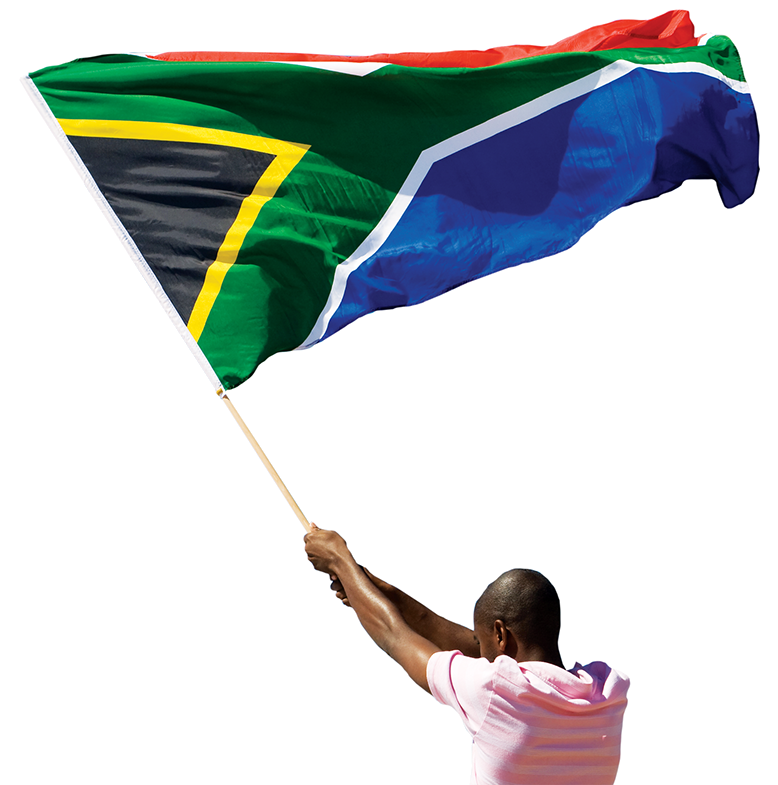







The kingdoms, kingships and royal leaders (amaKhosi, Marena, tiHosi, vhoThovhela, Dikgoshi) of South Africa are home to nearly 40 percent of the country’s population of nearly 60 million. They also boast rich flora and fauna. Yet these communities are faced with a number of developmental challenges. A review of pertinent information from Stats SA shows that these communities are battling poverty and inequality, adverse living conditions, crime, unemployment, low education levels and low socio-economic development.
POVERTY
According to newly released data, Stats SA indicates that poverty is on the rise in South Africa. More than half of all South Africans were living in poverty in 2015, with the headcount increasing to 55,5% from a series low of 53,2% in 2011. In general, children (aged 17 years and younger), black Africans, females, people from rural areas, those living in the Eastern Cape and Limpopo, and those with little or no education, are the main victims in the ongoing struggle against poverty. Growing up in poverty is one of the greatest threats to healthy childhood development.
LIVING CONDITIONS
According to the results of the Living Conditions Survey 2014/2015, released by Stats SA, the total annual household consumption expenditure between October 2014 and October 2015 is estimated at R1,72 trillion with the average South African household spending approximately R103 293 during the survey year.
According to the report, the overwhelming bulk of household consumption expenditure was by households living in urban formal areas, which accounted for 82,2% of total expenditure. This was followed by traditional areas (11,2%), urban informal areas (3,7%) and rural formal areas (3,0%). Households living in urban informal areas had the lowest average and median expenditure of the four settlement types at R38 739 and R28 916 respectively. Close to half (46,58%) of black African-headed households fell within the lowest two expenditure quintiles combined. Simply put, each household was spending approximately less than R12 781 per annum.



EDUCATION
The education monograph provides an in-depth analysis of enrolment, educational attainment, progression, and education differentials based on the post-1994 Censuses. According to the monograph released by Stats SA, the largest number of persons without schooling is linked to black Africans, while the lowest numbers of persons who completed both secondary education and a bachelor’s degree are linked to coloureds.

UNEMPLOYMENT
South Africa’s unemployment rate stands at 27,7 percent. In its quarterly labour force survey for 2017, Stats SA indicated that the number of unemployed rose slightly to 6,2 million in the middle quarter ending September, from 6,177 million in the second quarter. By 2030 the government targets the unemployment rate at 6 percent.

© United Royals and Kingdoms of South Africa Holdings (Pty) LTD


